 Carter Horsley
Carter HorsleyDec 23, 2011
Carter's Review
This very handsome 21-story building at 25 Broad Street is one of the most impressive in Lower Manhattan and was erected as the world's largest building in 1902.
It is known as The Exchange and is located on the southeast corner of Broad Street at Exchange Place and is one block south of the New York Stock Exchange.
It was designed in 1899 by Robert Maynicke and his plans were revised the next year by Clinton & Russell in a Beaux-Arts style. Clinton & Russell would later design the major Art Deco-style skyscraper at 70 Pine Street.
The building, which was designated a city landmark in 2000, has 305 apartments.
Bottom Line
An extremely impressive, pre-war building with a very prime Financial District location and lots of amenities.
Description
The building is distinguished by its very handsome façade and entrance and its stunning and huge lobby. It has a three-story rusticated limestone base and a five-step-up entrance.
In their wonderful book, "The A.I.A. Guide to New York City, Fourth Edition" (Three Rivers Press, 2000), Elliot Willensky and Norval White observed that the building is "worthy of the best on Park Avenue."
In fact, the building predates most of the buildings on Park Avenue and its huge marble lobby with its coffered ceiling is worthy of the world’s most luxurious hotels.
The 1997 renovation replaced all major building systems including a new roof and new elevators.
When it was completed, the "Broad Exchange Building," as it was known, was "the largest and most valuable office building in all of Manhattan" and, according to the Swig Equities's website, "was instantly recognized as one of the most desirable addresses for Wall Street's brokers and bankers, providing headquarter facilities for Paine, Webber and Company for nearly seventy years."
In its description of the building, the website notes that "the timeless design includes a base of rusticated granite segueing to a classic design of buff colored brick with terracotta trim," adding that "the austere grandeur of the building continues to resonate today, its clean lines and understated ornamentation evoking the unwavering strength of Wall Street as the world’s financial capital."
In the spring of 2007, Swig Equities sought permission from the Landmarks Preservation Commission to "decertify" the landmark status of 25 Broad Street so that it could "shave off" its rear wing and transfer that volume to a site it owned at 45 Broad Street. The transfer would add 12 stories to a planned 35-story building at 45 Broad Street and the reduction in mass at 25 Broad Street would remove 36 apartments.
The application was approved but subsequently the new building project at 45 Broad Street was put on hold.
In May 2008, Swig Equities announced that the original condominium plan previously filed with the Office of the New York State Attorney General had been withdrawn and would be replaced with a newly revised condominium plan. The new filing described and further disclosed the deconstruction of the southern wing of 25 Broad Street, the removal of which will vastly improve light and air for the residences at 25 Broad Street and further enhance the value and living environment of the remaining 306 apartments.
This new filing coincided with the completion of all interior construction with respect to the renovation of the apartments and amenity spaces in anticipation of the commencement of unit closings.
Amenities
The building has a doorman, a fitness center, a roof deck with sky beds and chaises, an outdoor kitchen with stainless-steel appliances, a barbecue and a communal table, a concierge, a residents’ lounge and catering kitchen, a game room with a pool table and a golf simulator and a children’s playroom.
There are laundry and private storage rooms on each residential floor.
The building is pet-friendly.
Apartments
Apartments have high ceilings, solid wide-plank Nero wood floors and washers and dryers. Some units have walk-in closets.
Kitchens have stainless-steel Bosch appliances, Liebherr refrigerators, Miele dishwashers, Poliform kitchen cabinetry, stone countertops with very handsome, dark glass ribbed backsplashes.
Master baths have Bianco Lasa marble floors, glass wall tiles, full-size soaking tubs and Waterworks fixtures.
Apartment A on floors 3 through the penthouse are one-bedroom units with a 17-foot-long living room and an open kitchen.
Apartment E on floors 4 through 14 are one-bedroom units with 19-foot-long living rooms and open kitchens.
Apartment F on floors 4 through 14 have a 20-foot-long angled living/dining room with an open, pass-through kitchen and a 15-foot-long angled bedroom.
Apartment H on the third floor has a semi-circular bay window facing the 18-foot-long living room and separating the 13-foot-long sleeping alcove from the 9-foot-long dining alcove next to an open kitchen.
Apartment D on the 4th and 5th floors are two-bedroom units with a 14-foot-square living dining room next to an angled open, pass-through kitchen.
Apartment F on floors 15 though 21 is a two-bedroom unit with a 29-foot-long living/dining room next to a open, pass-through kitchen.
Apartment I on floors 4 through 19 is a two-bedroom unit with a 35-foot-long living/dining room adjacent to an open, pass-through kitchen.
Apartment S on the third floor is a two-bedroom unit that has a 11-foot-long dining room near the entrance foyer and next to an open, pass-through kitchen that leads to a 21-foot-long living room.
Apartment T on floors 6 through 9 is a two-bedroom unit that has an open, pass-through kitchen that opens onto a 16-foot-wide dining room that leads to a 16-foot-wide living room that leads to a 16-foot-wide home office with two windows.
History
The building was converted from offices to rental apartments by Crescent Heights in 1997 after it had remained vacant for several years in the wake of the stock crash of 1987.
In 2005 it was acquired for $262.5 million by Swig Equities LLC who filed plans to convert it to residential condominiums with a total offering price of about $432 million. The property was ultimately converted back to rentals.
Cetra/Ruddy was the architect for the rental re-conversion.
According to the Skyscraper Museum, the building remained the world’s largest building from 1902 to 1907, when it was surpassed in size by the City Investing Building.
In recent years, Swig Equities acquired a substantial and important portfolio of Lower Manhattan properties that include 44 and 48 Wall Street, 5 Hanover Square, 80 Broad Street and 110 William Street, in addition to 25 Broad Street.
The transformation of Lower Manhattan from an office district into a mixed-use neighborhood is well underway and this impressive building is one of the most elegant residential conversions. While it does not offer many sweeping vistas because it is dwarfed by many surrounding skyscrapers, few other residences in the world can offer such street ambiance.
Several subway stations are nearby and the Lower Manhattan district is the city's most fascinating and dramatic architecturally. This central Lower Manhattan location makes it almost equidistant from the South Street Seaport, Battery Park and the World Financial Center at Battery Park City.
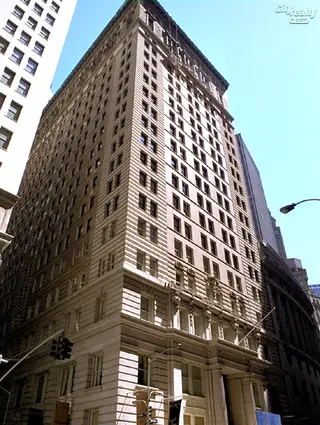
- Condo built in 1902
- Converted in 2019
- 13 apartments currently for sale ($925K to $1.945M)
- 1 apartment currently for rent ($8K)
- Located in Financial District
- 308 total apartments 308 total apartments
- 10 recent sales ($970K to $1.9M)
- Doorman
- Pets Allowed
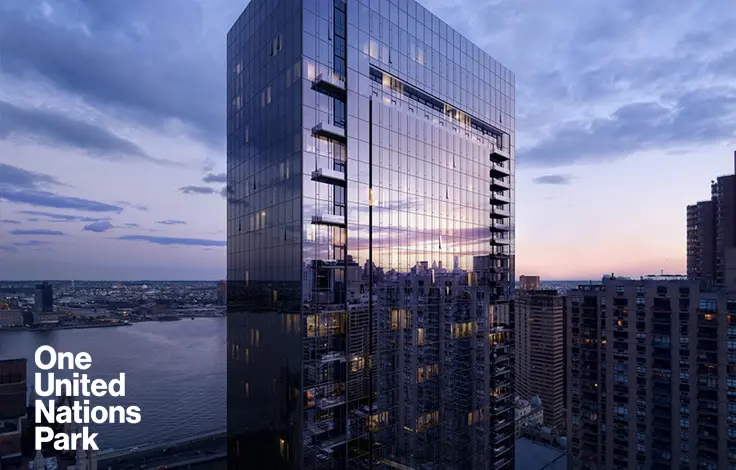
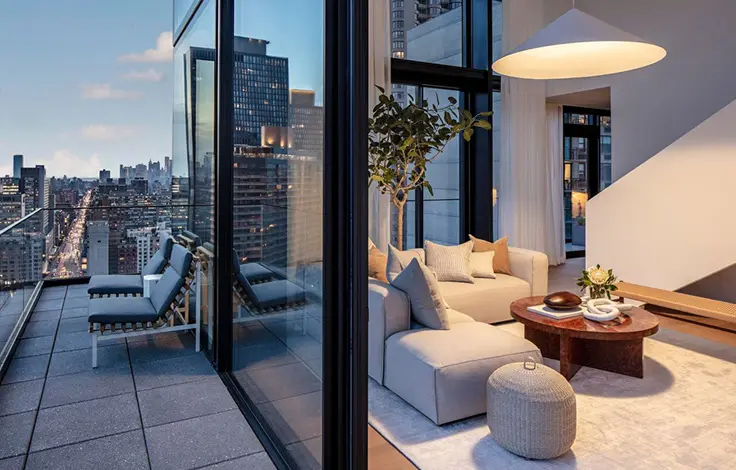
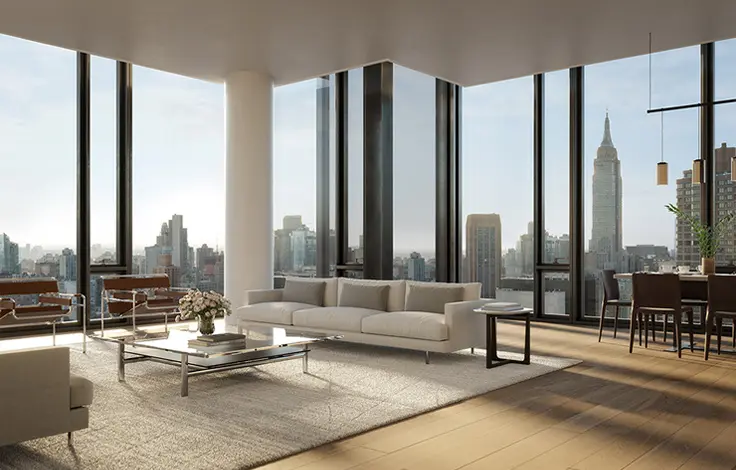
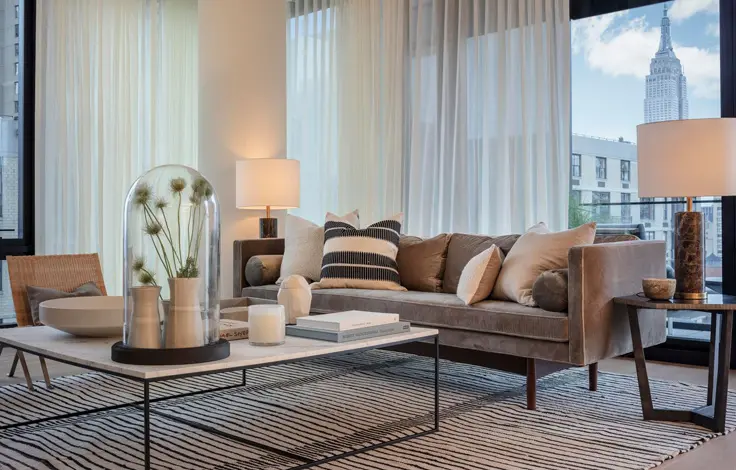
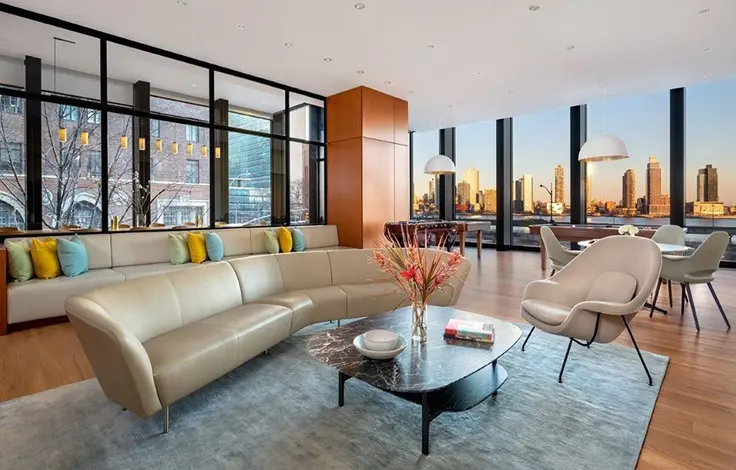
 6sqft delivers the latest on real estate, architecture, and design, straight from New York City.
6sqft delivers the latest on real estate, architecture, and design, straight from New York City.
